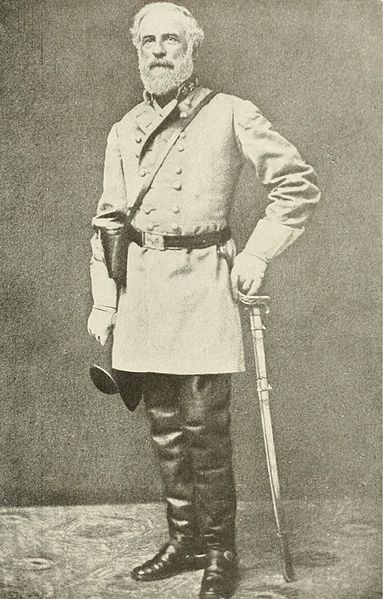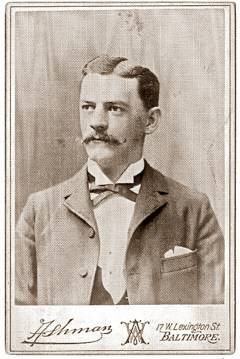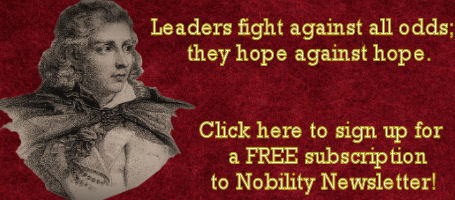
Stephanie Freifrau von und zu Guttenberg, speaking at the Frankfurt Book Fair about her book Schaut nicht weg! (Don’t Look Away!), which addresses the issue of sexual abuse of children in Germany. She is the founder and past president of the German organization ” Innocence in Danger.” She is the great-great-granddaughter of Otto, Prince of Bismarck, Chancellor of the German Empire.
In face of the present crisis, there are plenty of people who have leadership qualities and succeed fabulously in what they do. There are also plenty of people who need help and direction in dealing with the huge problems we face. What is missing is a way to unite the two groups. We need to regenerate a culture that encourages reciprocal bonds and representative figures to unify the nation and confront the crisis. We need natural leadership rather than the modern obsession for a culture of entitlement turned towards the State.
If such representative figures flourished in our past, we should again desire and encourage these self-sacrificing figures to arise everywhere from top to bottom. Such a society of heroes would reintroduce into the economy those human elements that temper and quell the restless spirit of frenetic intemperance. Each in their field would represent “an ideal, a point of reference and focus, that gives living expression to a vision of life.” (*)

Confederate General Robert E. Lee in 1863. Along with the Byrds, the Carters, the Washingtons, and other First Families of Virginia, the Lee family was at the core of Virginia’s aristocracy for centuries.
Such a recognition would create conditions whereby every family or association could have “legendary” members. That is to say, each would come to have great personages who, by their extraordinary deeds, perfections, or works, would elevate the whole family or group. Their feats would then be told and retold to succeeding generations. We would then see the formation of veritable cohorts of legendary figures at all levels of society. Such heroes are like leaven that rises without special planning, the incredibly fecund product of minds turned heavenward towards perfection.

Charles Clinton Stieff, founder of the Baltimore Sterling Silver Manufacturing Company in 1892, which changed to The Stieff Company in 1904. He was considered a born leader who left a legacy of positive actions for American silver. The Stieff Company became the official maker of silver for the Williamsburg Restoration in Williamsburg, Virginia, and suppliers of silver and pewter to The Smithsonian Institution, Historic Newport, Mystic Seaport, Thomas Jefferson Foundation, Old Sturbridge Village, and the Museum of Fine Arts in Boston. During World War II, Stieff produced fine surgical instruments for the United States Army and components for radar equipment. The White House, during Eisenhower’s administration, not only had a set of silverware by Stieff, but also would give them as gifts to dignitaries.
Some might object that an encouragement of these “heroes” might also lead to bad elites and leaders. As in all things human, this can happen. But one must not forget that, in an organic system, such leaders are much more a product of the society that calls them forth than an imposition of an isolated class or caste. There is an organic connection between leaders and society that forms a whole. Truly representative characters share life’s vicissitudes side by side with those whom they represent. When people are virtuous, society generally brings forth virtuous elites.
(*) Robert N. Bellah et al., Habits of the Heart: Individualism and Commitment in American Life (Berkeley: University of California Press, 1985), 39.
John Horvat II, Return to Order: From a Frenzied Economy to an Organic Christian Society—Where We’ve Been, How We Got Here, and Where We Need to Go (York, Penn.: York Press, 2013), 201-2.












